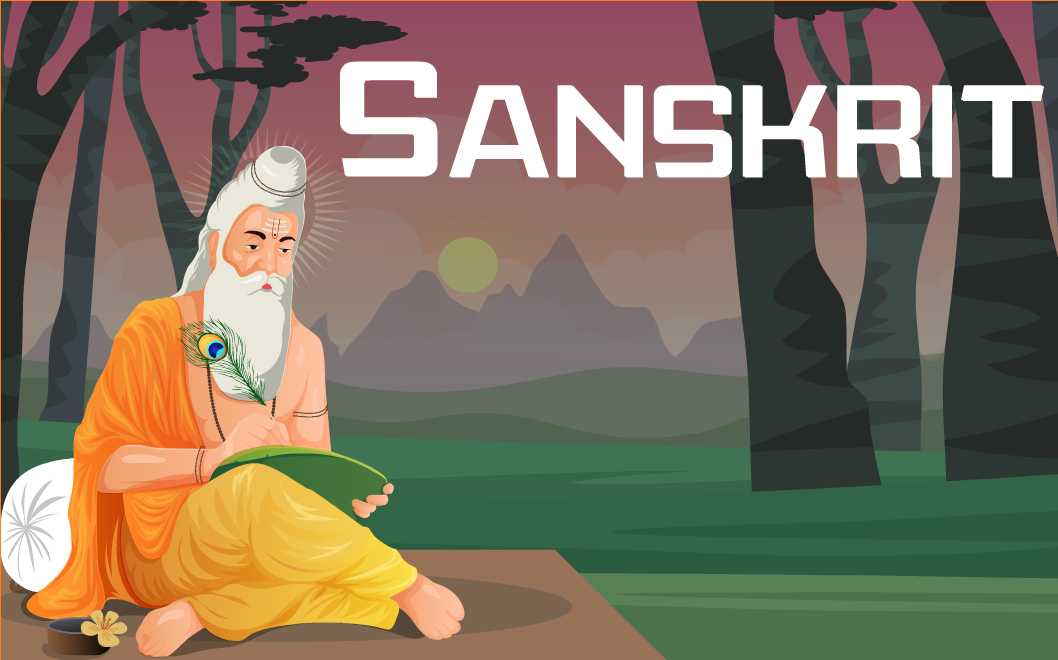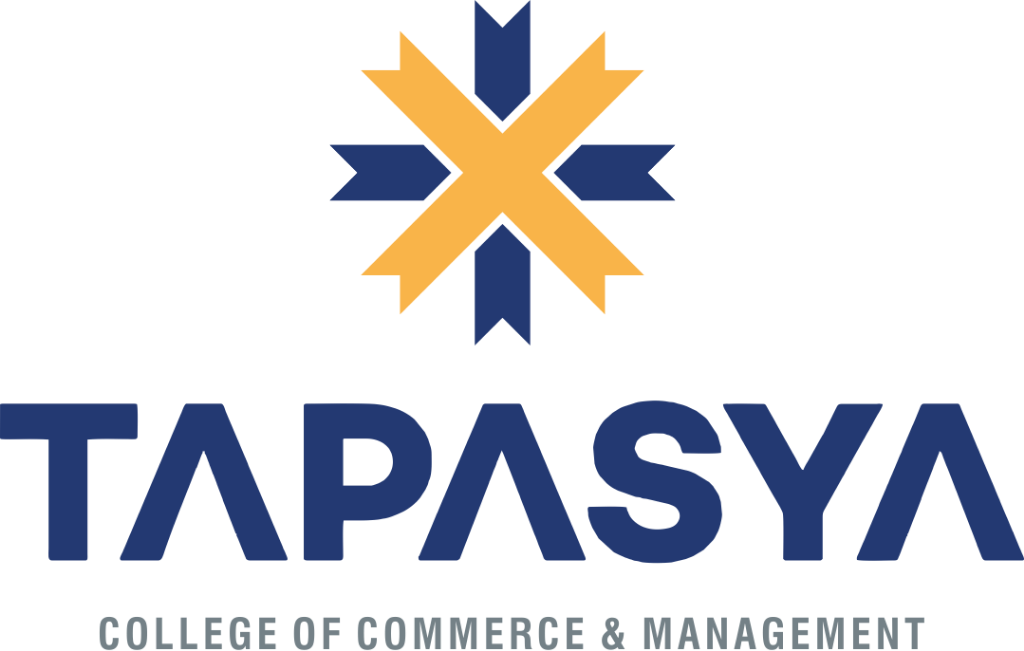
Skip available courses
Available courses

GK & Current Affairs - II
CLAT Syllabus for General Knowledge and Current AffairsThis General Knowledge and Current Affairs section of CLAT syllabus will comprise comprehension-type passage-based questions from Static general knowledge and current affairs. The General Knowledge section will consist of questions relating to contemporary events in India and the world regarding Arts and culture, International affairs, and Historical events and their significance. Also reading national newspapers will be helpful for current affairs preparation.
CLAT General Knowledge and Current Affairs Syllabus
|
Particulars |
Important details |
|
Total weightage |
25% |
|
Type of questions asked |
Comprehension-type passage-based questions - Static general knowledge and current affairs |
|
Source material or content of passages |
News, journalistic sources, and non-fiction writing. |
|
Ability tested |
Awareness of following topics
|
|
Key Topics |
|
|
Standard of questions |
12th standard |
Legal Reasoning - II
CLAT Syllabus for Legal Reasoning
The legal aptitude section of CLAT will contain comprehension-type passages of 450 words each. The comprehension-type passages will be followed by objective-type questions. The Legal Reasoning section will test candidates’ skills in General awareness of contemporary legal and moral issues, identifying and inferring the rules and principles given in the passage, applying rules and principles to various fact situations and their ability to understand how changes to the rules or principles may change their application to various fact situations.
CLAT Legal Reasoning Syllabus
|
Particulars |
Important details |
|
Total weightage |
25% |
|
Type of questions asked |
Comprehension-type passage of 450 words each followed by objective-type questions |
|
Content of passages |
Fact situations or scenarios involving legal matters, public policy questions, or moral philosophical inquiries. |
|
Focus area |
|
|
Key Topics |
|
|
Standard of questions |
12th standard |
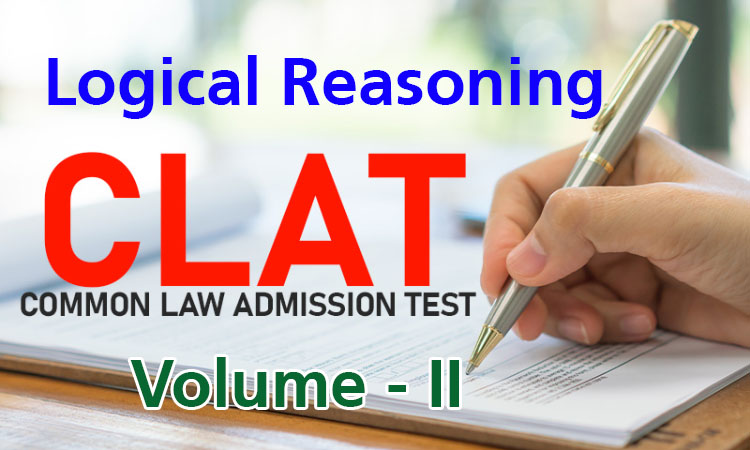
Logical Reasoning - II
CLAT Syllabus for Logical Reasoning
The CLAT Logical Reasoning section of CLAT will have around 20% of questions. These questions will be based on 300-word long Passages. The Logical Reasoning section of the CLAT exam tests candidates’ ability to identify arguments and their premises and draw conclusions, critically analyse patterns of reasoning, assess how conclusions may depend on particular premises or evidence, infer what follows from the passage and apply these inferences to new situations, draw relationships and analogies, identify contradictions and equivalence, and assess the effectiveness of arguments. Students preparing for the CLAT exam are advised to refer to Verbal and Non-Verbal Reasoning and Analytical and Logical Reasoning books.
CLAT Logical Reasoning Syllabus
|
Particulars |
Important details |
|
Total weightage |
20% |
|
Type of questions asked |
Passage-based (300-word long) objective questions |
|
Content of passages |
Based on sets and arguments, puzzles, diagrams, relationships and others |
|
Skills to be tested |
|
|
Key Topics |
|
|
Standard of questions |
12th standard |
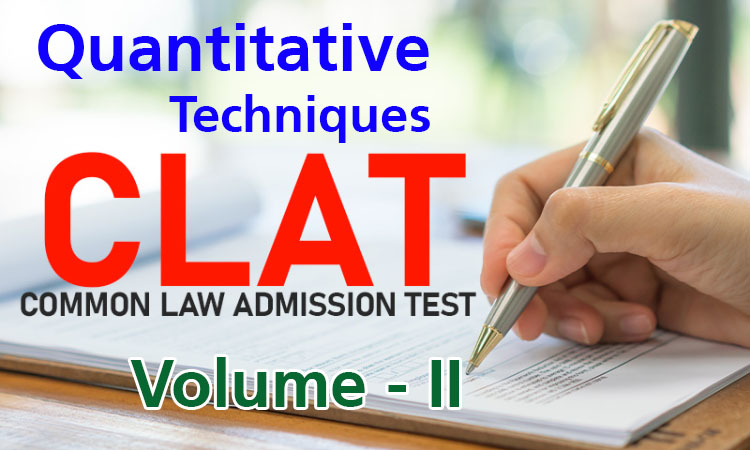
Quantitative Techniques - II
CLAT Syllabus for Quantitative Techniques
This CLAT Quantitative Techniques section of the exam will consist of sets of facts or propositions, graphs, or other textual, pictorial, or diagrammatic representations of numerical information, followed by a series of questions. This section of CLAT has been designed to test the candidates’ ability to derive, infer, and manipulate numerical information set out in such passages, graphs, or other representations and apply various 10th-standard mathematical operations. Students are recommended to refer to Quantitative Aptitude, Elementary Mathematics with Numerical Ability and Class 10th NCERT Textbook for preparation
CLAT Quantitative Techniques Syllabus
|
Particulars |
Important details |
|
Total weightage |
10% |
|
Type of questions asked |
Sets of facts or propositions, graphs, or other textual, pictorial, or diagrammatic representations of numerical information, followed by a series of questions. |
|
Skills to be tested |
|
|
Key Topics |
|
|
Standard of questions |
Class 10th |
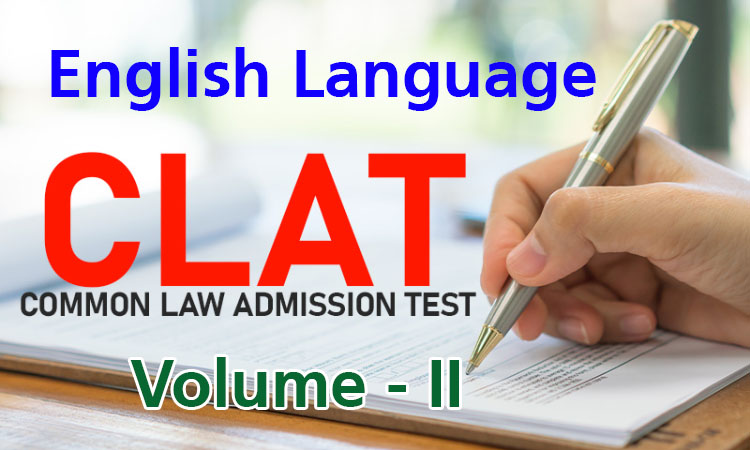
English Language - II
CLAT Syllabus for English Language
The English section of the CLAT exam comprises comprehension-type passage-based questions. These comprehensive passage questions test the candidate’s comprehension and language skills, ability to draw inferences and conclusions, ability to summarise passages, and ability to identify arguments and viewpoints. To prepare for the English section of CLAT, candidates are advised to refer to Word Power Made Easy by Norman Lewis and High School English Grammar and Composition by Wren & Martin. Reading newspapers like The Hindu or The Indian Express is always recommended to prepare for this section. The detailed syllabus of CLAT English Language is given below:
CLAT English Language Syllabus
|
Particulars |
Important details |
|
Total weightage |
20% |
|
Type of questions asked |
Comprehension-type passage-based questions - Static general knowledge and current affairs |
|
Source material or content of passages |
News, journalistic sources, and non-fiction writing. |
|
Ability tested |
Awareness of following topics
|
|
Key Topics |
|
|
Standard of questions |
12th standard |
